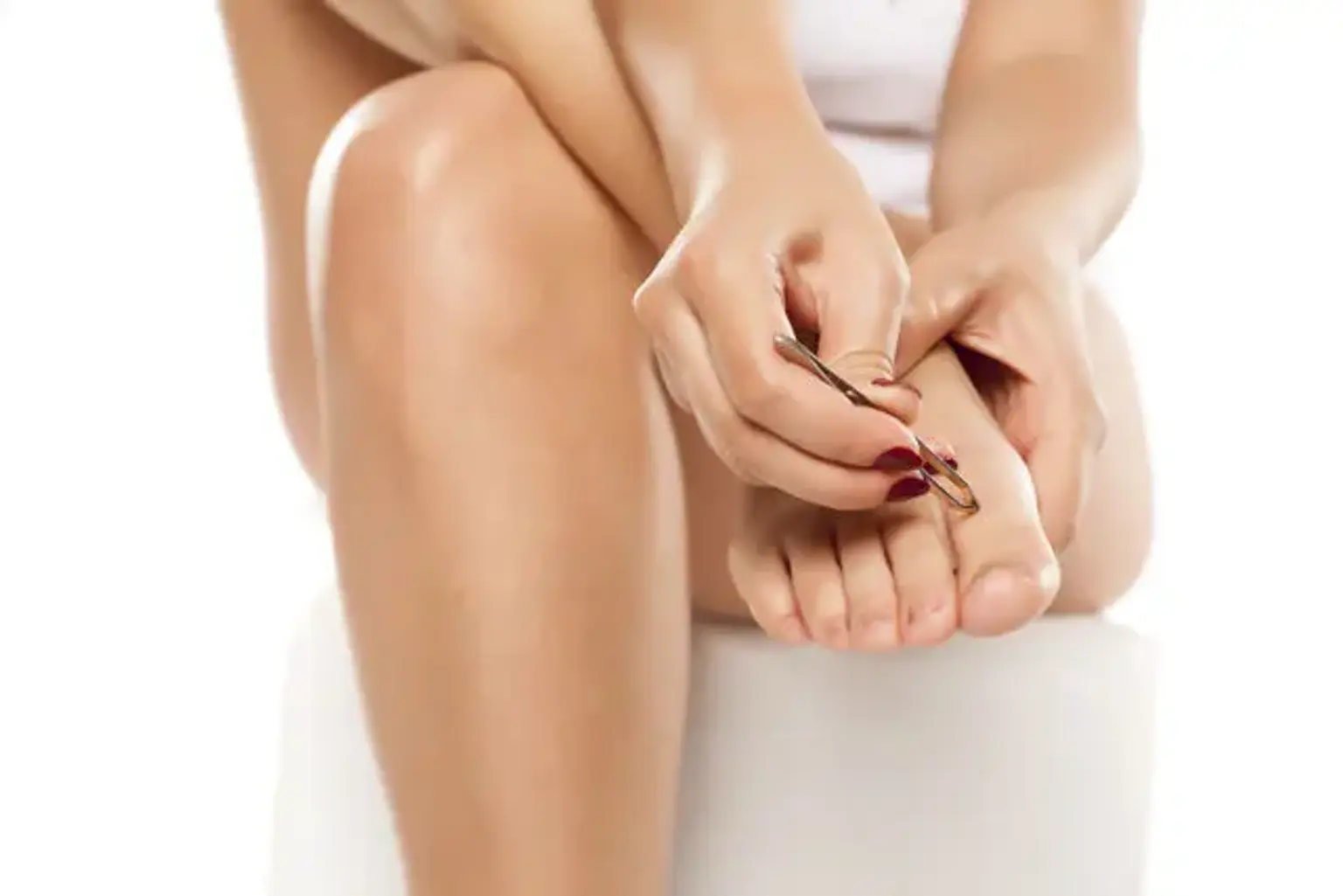Introduction
Hair removal is a regular part of grooming for many people, but improper techniques can lead to irritation, ingrown hairs, and even infections. Achieving smooth, hair-free skin while maintaining its health requires careful consideration of the methods used. This article delves into safe hair removal practices and effective ways to prevent ingrown hairs, a common yet avoidable problem.
Korea has become a hub for advanced hair removal treatments, combining innovative technology with the country’s renowned skincare expertise. From laser hair removal to exfoliation routines that prevent ingrown hairs, Korean beauty techniques offer reliable solutions for individuals seeking smooth, healthy skin. Whether you prefer professional treatments or at-home methods, this guide provides practical tips to ensure optimal results.
Understanding Hair Removal
Hair removal refers to the process of eliminating unwanted hair from various parts of the body, including the face, legs, arms, and bikini area. Common methods include shaving, waxing, laser treatments, and electrolysis, each with its own advantages and limitations. Choosing the right method often depends on factors such as skin type, hair texture, and personal preferences.
In Korea, hair removal is closely tied to beauty standards emphasizing smooth and flawless skin. This cultural focus has led to the development of cutting-edge treatments and techniques that minimize risks and maximize results. Understanding these options helps individuals make informed decisions tailored to their needs.
Causes and Challenges of Ingrown Hairs
Ingrown hairs occur when hair curls back into the skin or grows sideways instead of rising above the surface. This often leads to inflammation, redness, and discomfort. Common causes include improper shaving techniques, clogged hair follicles, and wearing tight clothing that irritates the skin.
